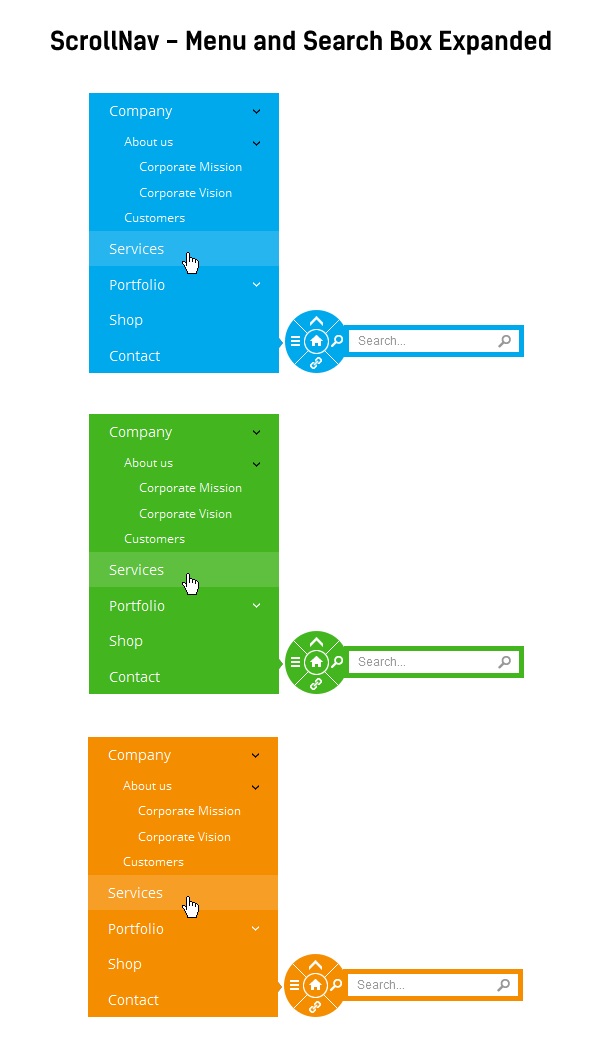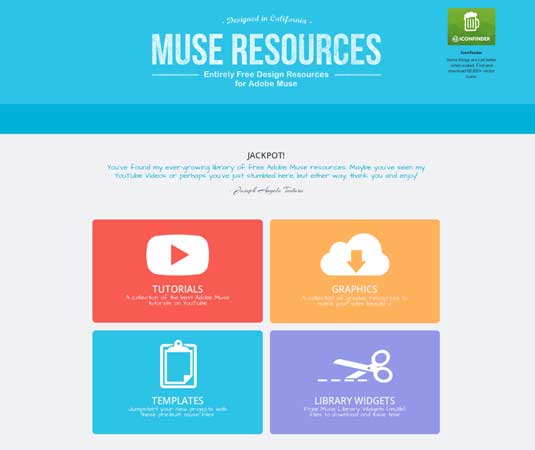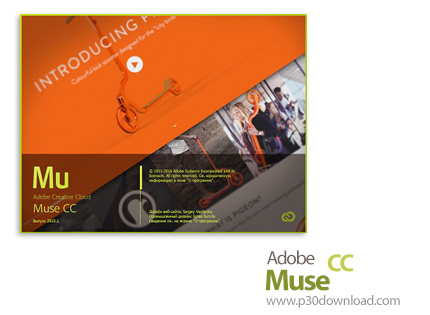

Up in the Control palette, change the tracking to 600 to spread out the spacing of the text to spread out the title. Open the Paragraph palette and click the center justify icon to center the text after highlighting it. For this tutorial, add just a simple title at the top of each page by clicking-and-dragging out a text box along the top. You can add photos, text, or shapes and they’ll be on every page. And all the objects don’t have to be automatically updated objects, either. Page numbers are not the only objects to put onto the master pages. If you put the text boxes for the page numbers in the same locations as I chose to, it should look something like this. I placed the text box on the right side page on the lower right hand corner. Hold down Option (PC: Alt) and click-and-drag the text box that has the automatic page number in it over to the right page to create another instance of the Auto Page Number. Change the size (and style if you want) of the font to an appropriate one for you publication. This will insert an automated page number so you don’t have to number each page. Go to Type>Insert Special Character> Auto Page Number. In the lower-left hand corner of the left master page, click-and-drag with the Text tool to drag out a text box for the page number. Double-click on the A-Master icon on the top of the Pages pull-out palette to open up the master pages. That way we can add a header and page numbers automatically. Set the settings shown here, all the default settings, except set it to 4 pages. Open InDesign and go to File>New or click the Create New File icon on the welcome screen. If you have Adobe InDesign CS2 or later (or an earlier version, though some steps may be slightly different), you can follow along with this three-part tutorial in creating a small four-page magazine, in order to learn a few techniques and concepts along the way.
Muse in and out sliding page layers software#
In my opinion, Adobe InDesign is the best layout software available. Given that detail, we just shift the menu left by the browser's width.As faculty advisor to a student newspaper, I’ve seen what problems university students often run into and concepts that are most useful to them when laying out a publication in InDesign.

Our menu's size is the same as our browser's window (aka the viewport) size, for we want the menu to fully cover up whatever is shown. The way we do that is by shifting the menu as far as left as we can until it is fully out of view. Just to the left of the content that we see, we have our menu.patiently hiding until it is called upon. To see what that looks like, take a look at the following diagram: The way this sliding menu works is not as crazy as it seems. When you decide to bring up the menu (clicking/tapping on the blue circle as is the case in our example), the menu magically slides into view: Starting at the very top, we have our page that displays some content: BUY ON AMAZON How the Sliding Menu Worksīefore we jump into the code, let's take a few moments to better understand how exactly our sliding menu works.

To kick your animations skills into the stratosphere, everything you need to be an animations expert is available in both paperback and digital editions. OMG! An Animation Book Written by Kirupa?!!


 0 kommentar(er)
0 kommentar(er)
